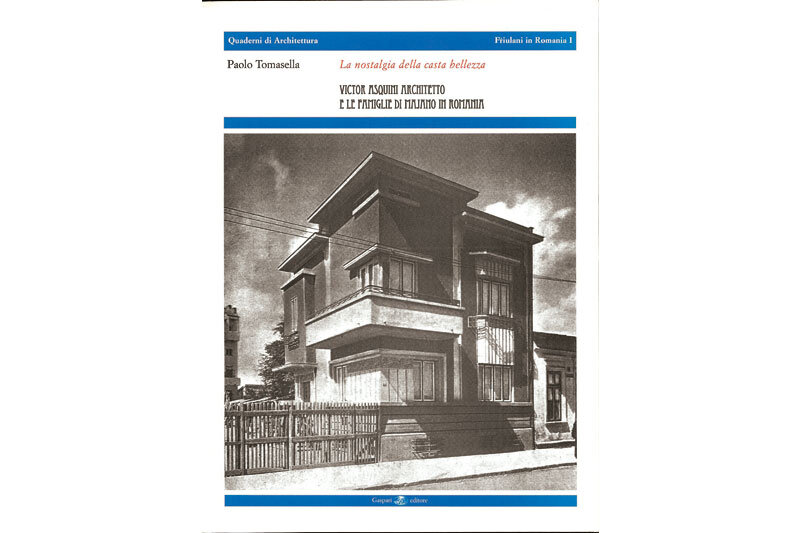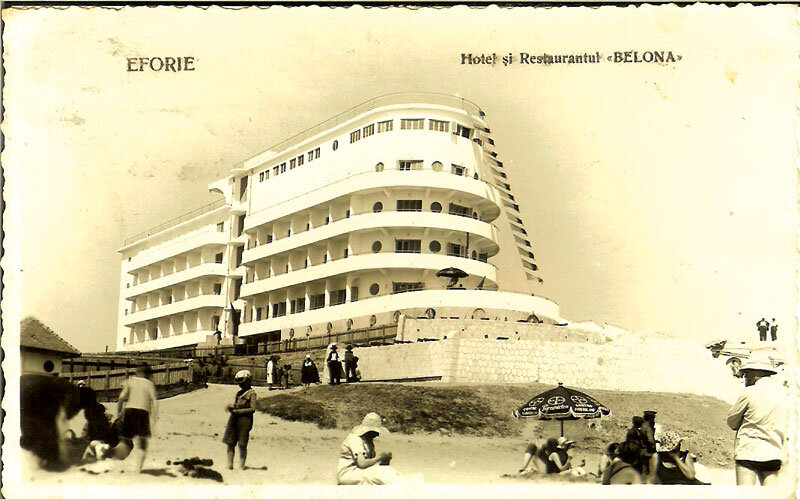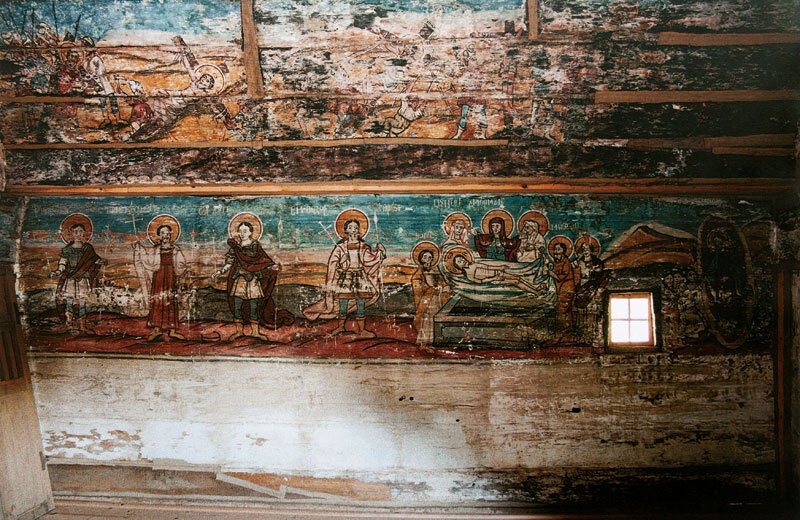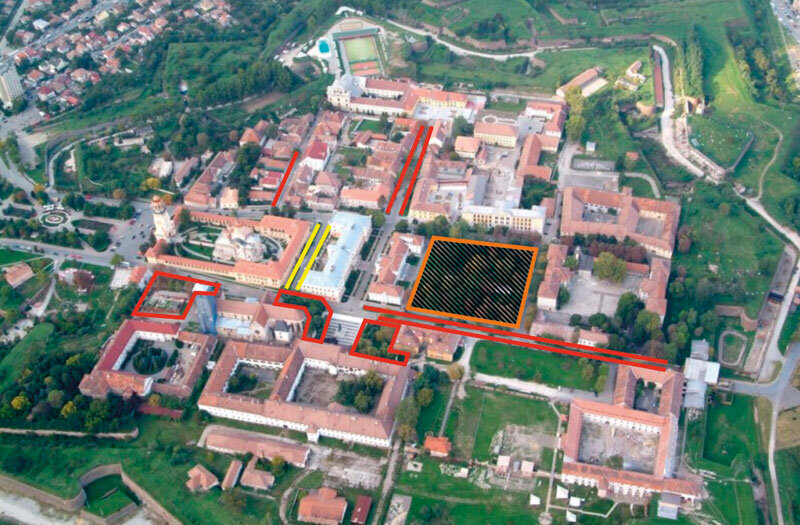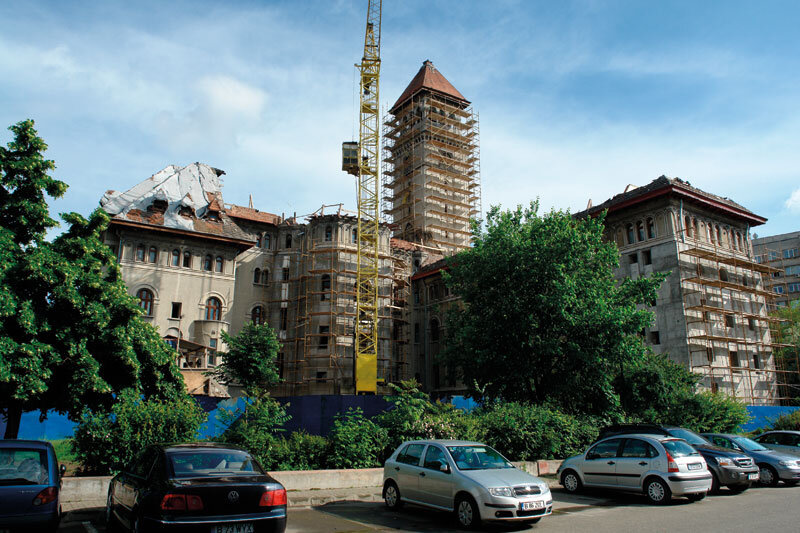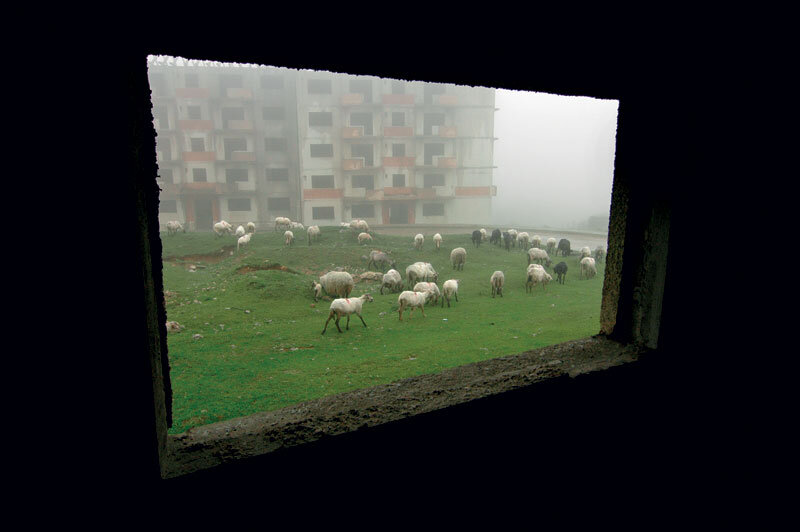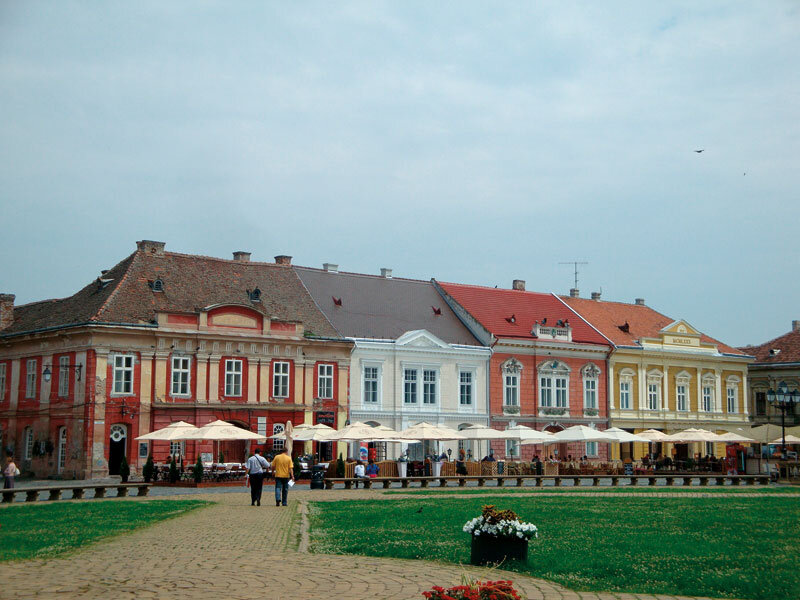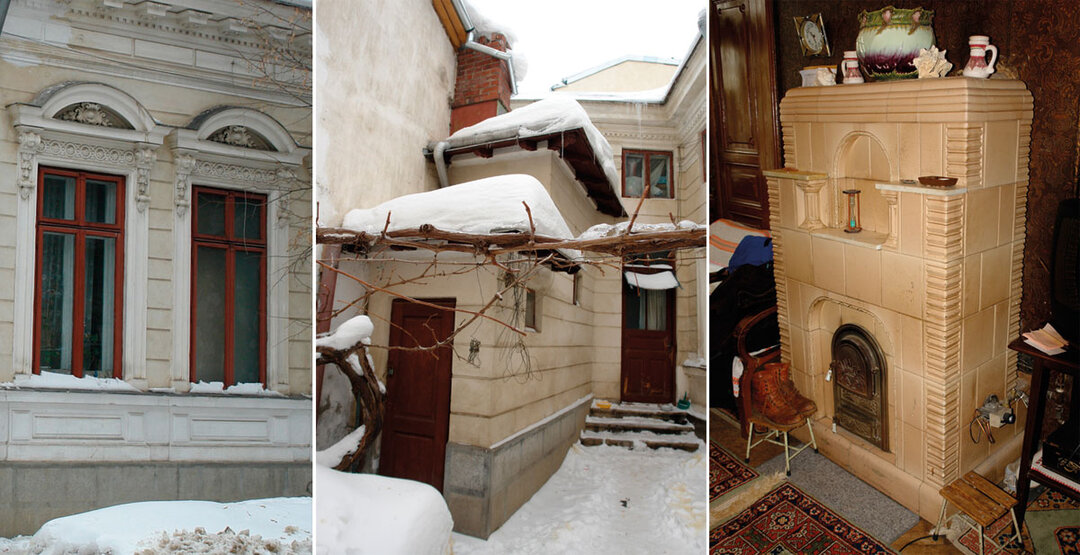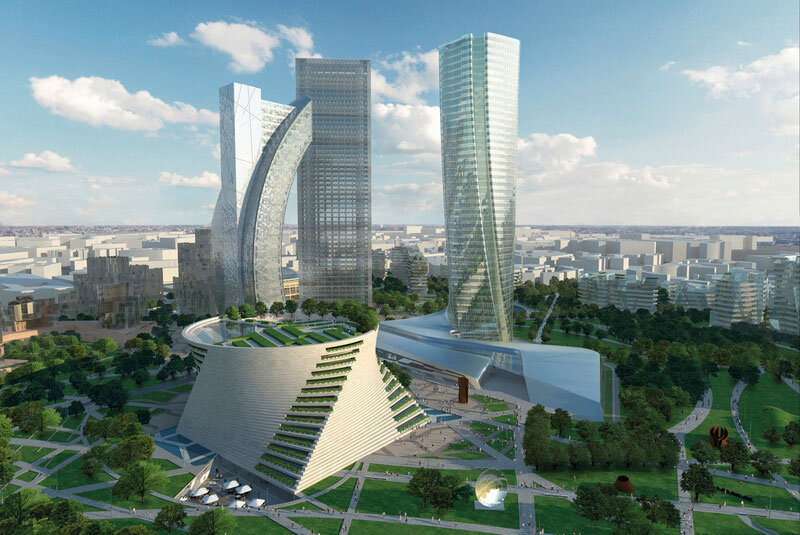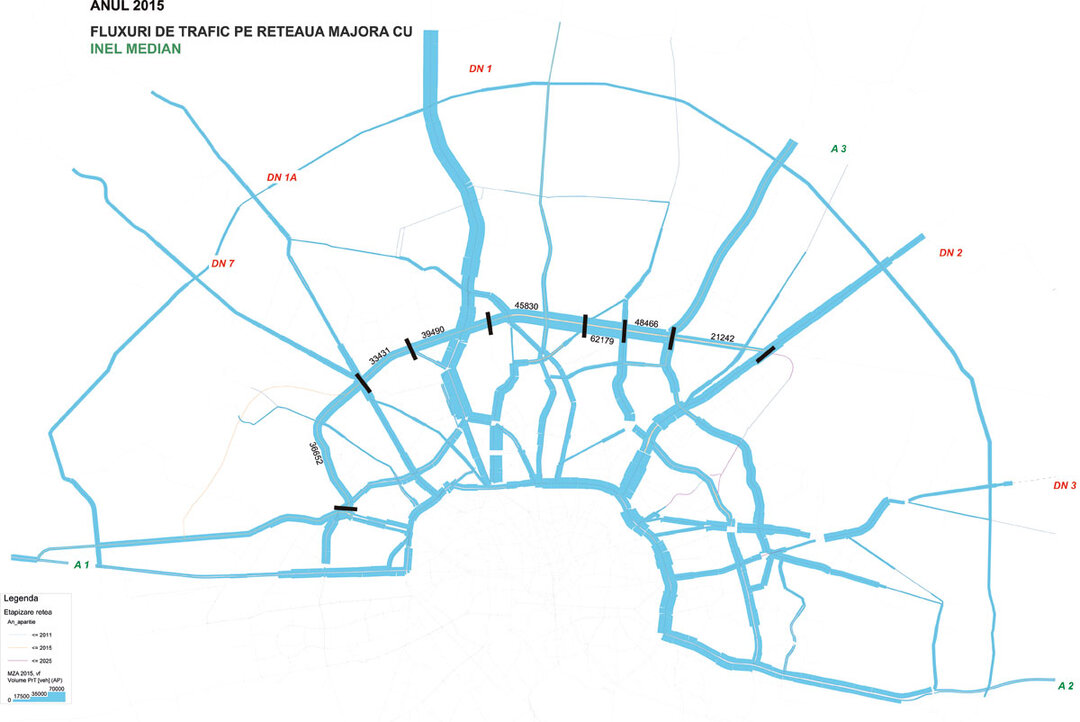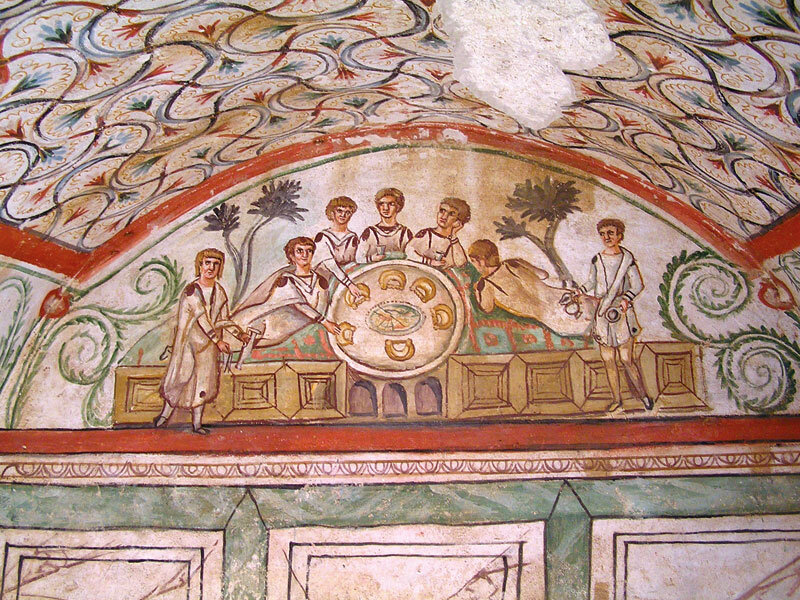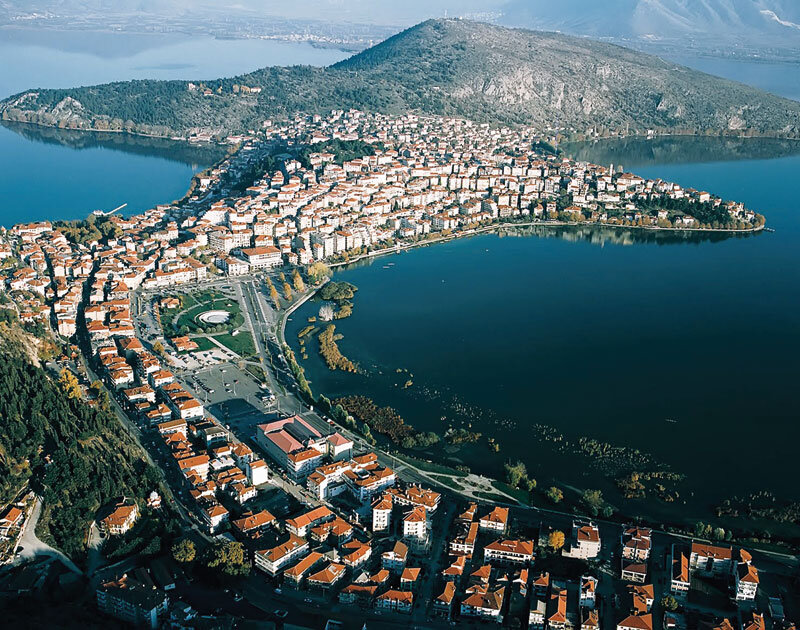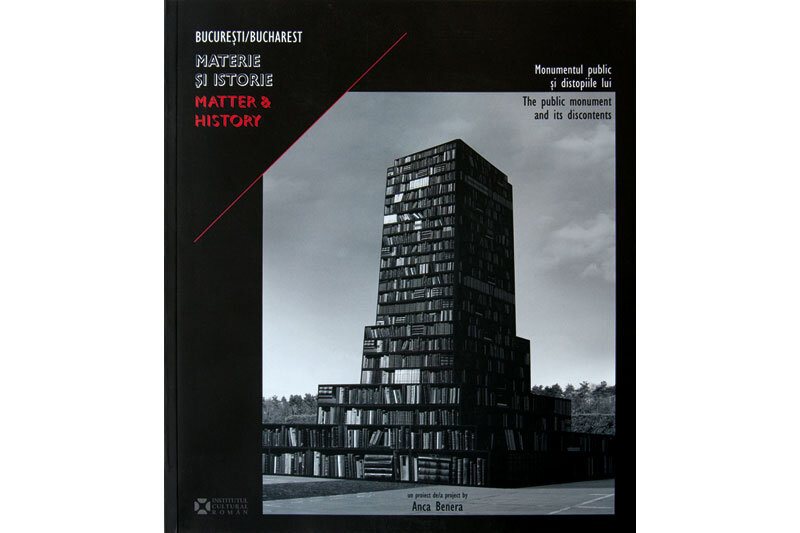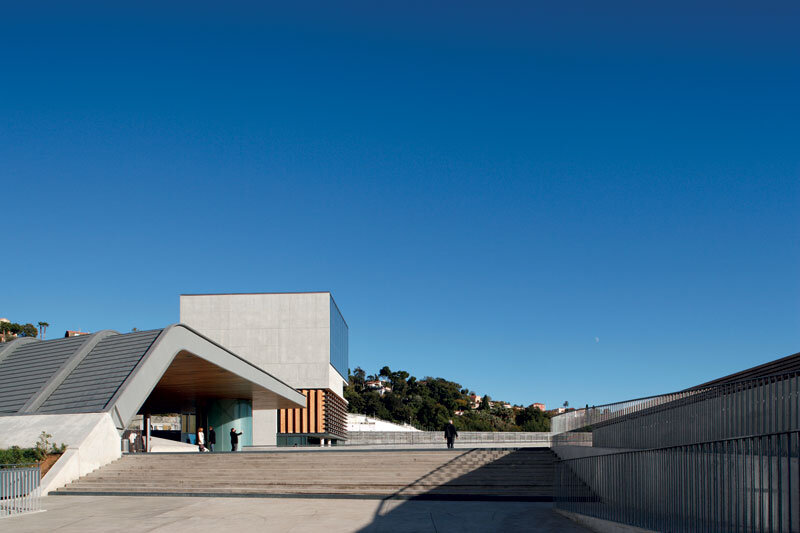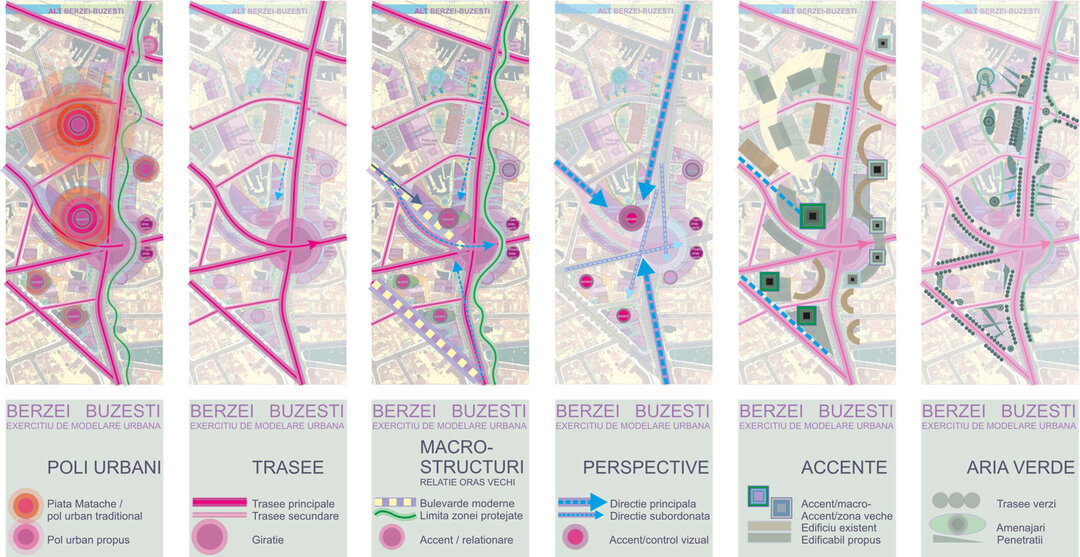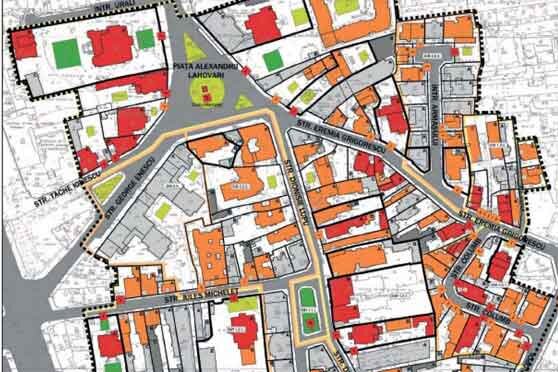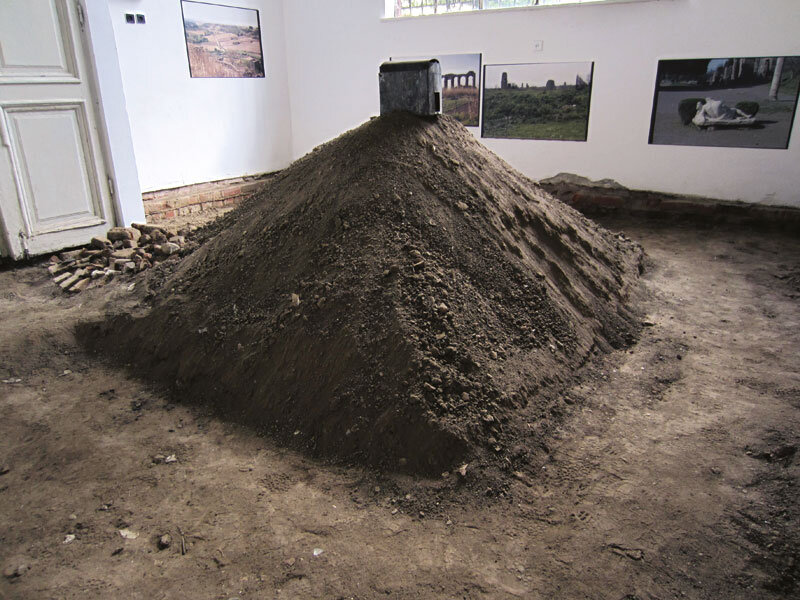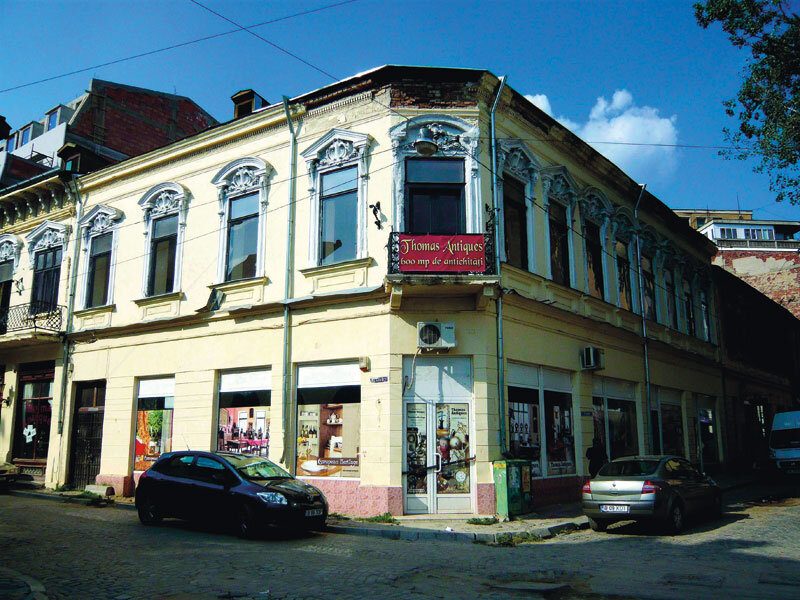
Protected areas, between a heavy legacy and Europe's future
Two years ago, the Resource Center for Public Participation (CeRe) started the project "In Search of Lost Bucharest" to find solutions, together with citizens and specialists, for some of the problems facing protected areas in the city.
Urban exploration and meetings with residents in protected areas showed us that most of those who own buildings of cultural value in these areas do not have the financial means to consolidate and renovate them.
The financial support offered by the public system to owners who invest in such a property (partial tax exemption or rehabilitation aid) is far too low compared to the costs incurred and the financial possibilities of the owners.
Protected areas are some of the city's most important resources. As this seems to be becoming increasingly clear to everyone, authorities and citizens, it is worth starting to think in terms of special development policies. And such policies would meet the requirements set out in the Europe 2020 strategy for sustainable growth. In this sense, in the debates organized by CeRe in the framework of the project "In search of lost Bucharest" we have been looking for solutions for the lack of financial resources of the owners. As our public budgets seem to be getting more and more limited, the rescue may come from European funded programs.
Thus, the discussions focused on the accessibility of major intervention domain 5.1 of the Regional Operational Program (ROP) or Regio for citizens who personally own heritage buildings. Currently, individual owners or buildings that are not on the list of historical monuments are not eligible for funding from this program. Major Field of Intervention (MFA) 5.1 is part of Axis 5 - Sustainable development and promotion of tourism, and its aim is "Restoration and sustainable valorization of cultural heritage, as well as the creation/modernization of related infrastructures".
Among the objectives of this Major Field of Inter-vention are "to increase the importance of tourism and culture as a factor stimulating economic growth in the regions, respecting the principles of sustainable development and environmental protection" and "to increase the number of tourists by capitalizing on the local and regional cultural tourism potential on the national and international tourist market". This major area of intervention finances projects aimed at preserving, restoring, consolidating, consolidating, rehabilitating and protecting historical monuments.
Although the program cannot be changed in the current programming period (2007-2013), the representatives of the Managing Authority of the ROP and the Ministry of Regional Development and Tourism have shown their willingness to discuss solutions for this accessibility, both in public debates and in correspondence on this issue (initiated by the NGO Coalition for Structural Funds1). Romania is currently preparing for the next programming period (2014-2020). At the Government level, discussions are taking place for the elaboration of the Strategic Framework for Romania's Development and the National Reform Program.
The linking of the two strategic documents will form the basis of the new operational programs. The indicative timetable communicated by the Romanian Government through the Ministry of European Affairs shows that in March-April 2012, discussions will take place with the responsible line ministries (in this case, the Ministry of Regional Development and Tourism), in May-July, socio-economic analyses will be carried out at national level, and between August-September 2012, development needs and strategic development priorities will be defined.
By September 2012 we should already have a first list of operational programs and designated managing authorities. It is therefore the right time to re-discuss the importance of protected areas for Romania's development.
Our interventions so far do not seem to have been without echo at the level of the responsible authorities, because at the level of the timetable announced above, with regard to the program under discussion, it is possible that several regional programs will emerge. This would make it possible to set priorities and objectives according to the problems and level of development of each region, and one of the needs recognized in the Bucharest-Ilfov region is that of conservation and development of protected areas.
If a major area of intervention or even an axis were to be dedicated to the financing and development of protected areas, a number of elements would need to be debated and/or clarified:
- Clarification of the status of protected areas; the notion "protected (built) area" is used in the Law 422/2001 on Historical Monuments without being defined. The same law also partially regulates it. The protected (built) area is mainly regulated by Law 350/2001 on Urban Planning;
- defining the property regime in protected areas;
- Evaluation of the built heritage in protected areas, through operations similar to inventory or mapping operations and allocation of resources for these operations (including historical and technical studies);
- finding the most appropriate approach for the mechanism by which these funds can reach the private owner, several solutions being possible.
One of them is that of integrated urban development plans, a protected area in its entirety could benefit from such projects. Another is a mechanism similar to the one for thermal rehabilitation, with the necessary adjustments for the situation of the planned areas. Obviously, there may be other solutions.
In this context, the NGO Coalition for Structural Funds will promote the opening of programming processes for real consultation and debate with all stakeholders. Representatives of local public authorities, NGOs concerned with heritage protection and enhancement, owners of protected areas, city dwellers and professional associations (architects, urban planners, historians) should not be absent from the table.
NOTE
1 The NGO Coalition for Structural Funds is made up of 23 non-governmental organizations that advocate for a real and result-oriented partnership between the state institutions involved in the absorption of structural funds and the entities that access these funds, as well as for the smoothness of the contracting and implementation processes of the related projects. The technical secretariat is provided by the Public Participation Resource Center.


